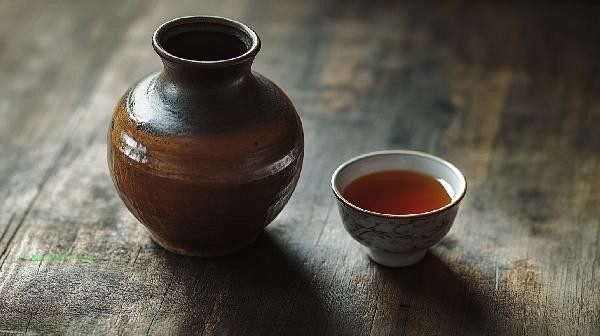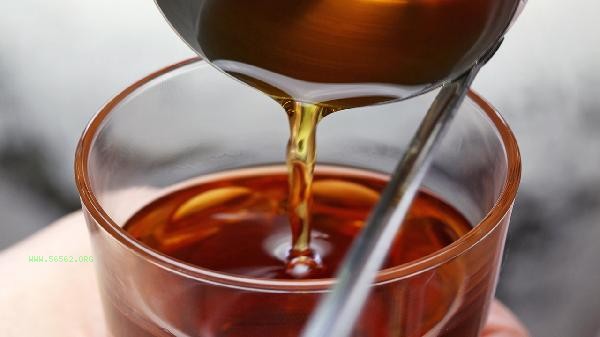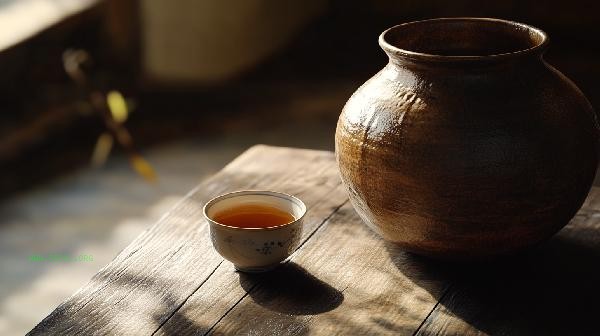Compared with Baijiu, yellow rice wine is usually easier to get drunk in Baijiu. Factors such as alcohol concentration, drinking speed, and individual differences can affect the degree of drunkenness.

The alcohol concentration of Baijiu is generally higher than that of rice wine. The alcohol content of most Baijiu is between 40% and 60%, while the alcohol content of rice wine is usually between 10% and 20%. The higher the alcohol concentration, the faster it enters the bloodstream and has a stronger inhibitory effect on the central nervous system, making it easier to reach a state of drunkenness in a short period of time. Baijiu is highly irritating, and the consumption may be slowed down due to its spicy taste, but high concentration of alcohol will still quickly lead to drunkenness.

Huangjiu has a low alcohol concentration and a relatively mild taste when consumed, making it easy to consume excessively without realizing it. Huangjiu contains a high amount of sugar and amino acids, which may slow down alcohol absorption, but excessive consumption can still accumulate alcohol intake. Some people have a slow metabolism of ingredients in yellow rice wine, which may lead to uncomfortable reaction after drinking, but the overall drunkenness speed is usually slower than that of Baijiu.

Whether it is yellow rice wine or Baijiu, excessive drinking will burden the liver, gastrointestinal and other organs. It is recommended to control alcohol consumption, avoid drinking on an empty stomach, and consume foods rich in protein and vitamins when drinking to help slow down alcohol absorption. Special populations such as pregnant women and liver disease patients should strictly abstain from alcohol, and healthy individuals should also drink in moderation according to their own circumstances.








Comments (0)
Leave a Comment
No comments yet
Be the first to share your thoughts!